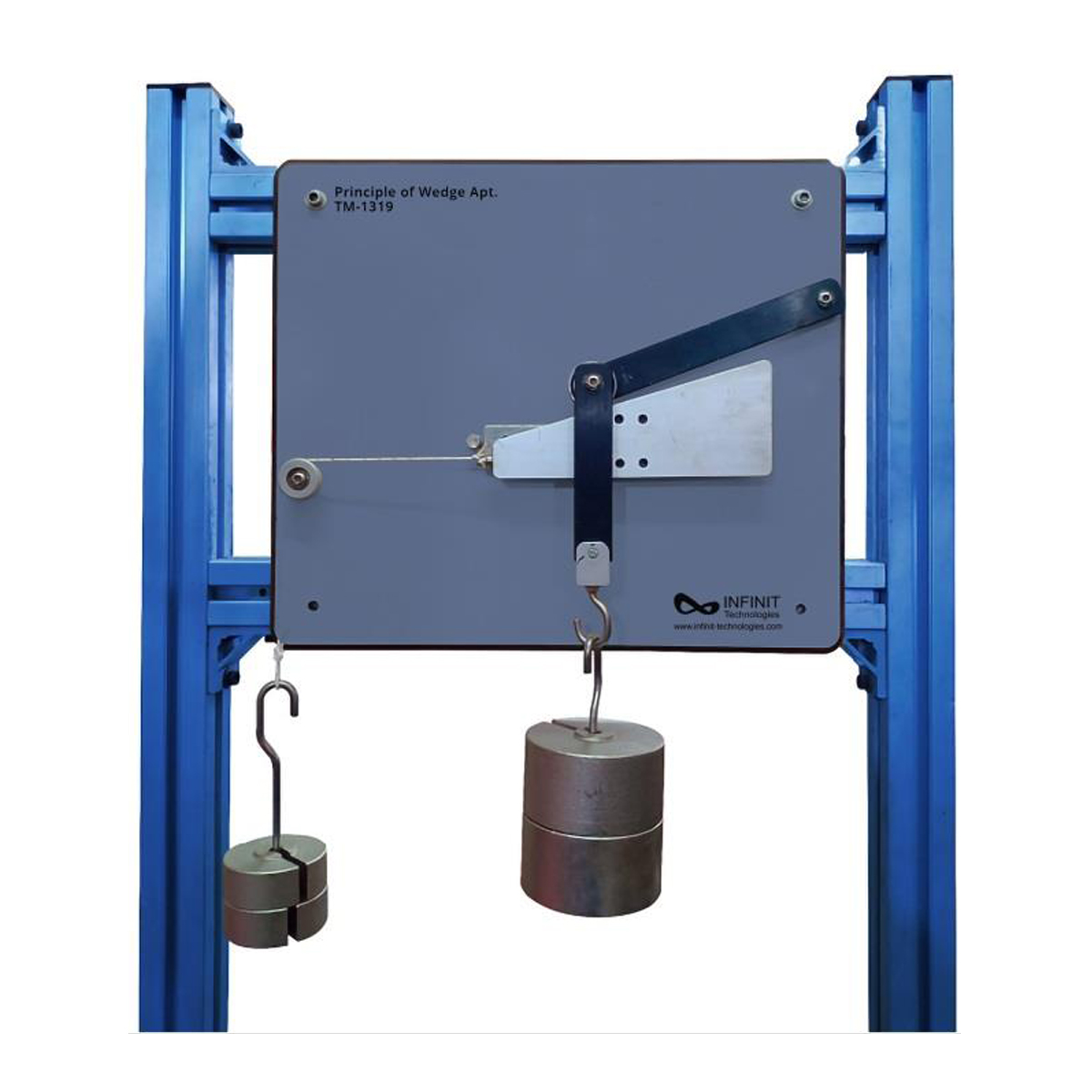A lever is the simplest machine of all. It’s just a long bar that helps you exert a bigger force when you turn it. The force you apply with your weight is called the effort. Thanks to the fulcrum, it produces a bigger force to lift the load. The important thing to remember about levers is that the force you produce is bigger than the force you apply. Ramps are sometimes known as wedges. The head of an axe is a wedge working in a different way. An axe forces wood apart in two ways. The handle works like a lever, magnifying the force you apply. The wedge-shaped blade concentrates the force over a smaller area, increasing the pressure on the wood and splitting it apart. The blade of a knife works the same way. Wedge, in mechanics, device that tapers to a thin edge, usually made of metal or wood, and used for splitting, lifting, or tightening, as to secure a hammer head onto its handle. Along with the lever, wheel and axle, pulley, and screw, the wedge is considered one of the five simple machines. The wedge was used in prehistoric times to split logs and rocks; for rocks, wooden wedges, caused to swell by wetting, were employed. In terms of its mechanical function, the screw may be thought of as a wedge wrapped around a cylinder. The apparatus gives the detailed information including the working of the wedge type lever. The apparatus is fitted on the Bakelite base board which can be bolted to wall easily.
Experiments
- Determination of:
- velocity ratio
- unwinding speed
- angular speed
- efficiency
- Behavior under load.
Specifications
- Study of a winch
- Drum and driving wheel made of aluminum, gear wheels made of POM
- 2 sets of weights
- Safety catch prevents reversal of direction of rotation
- Anodized aluminum base plate




